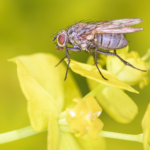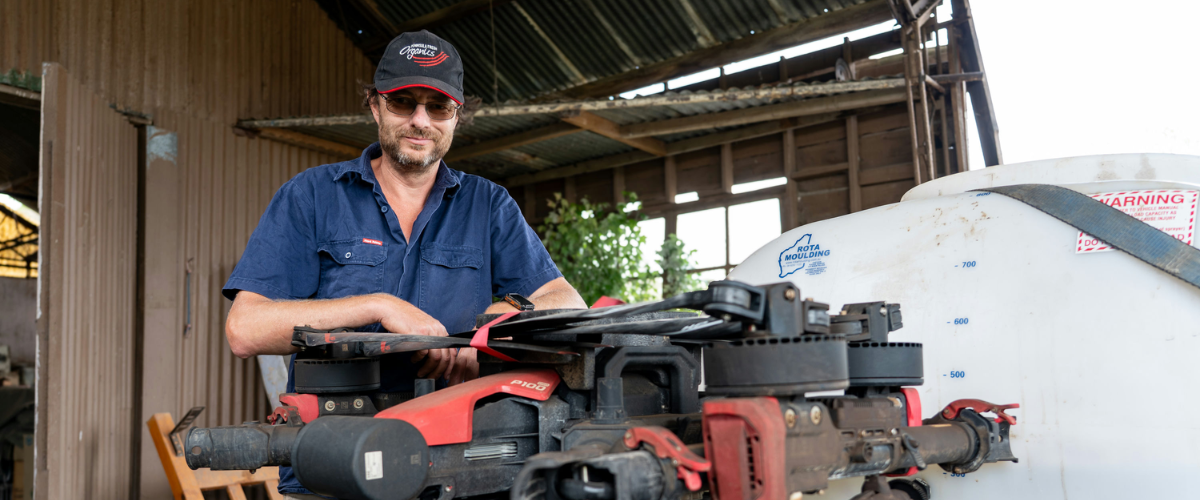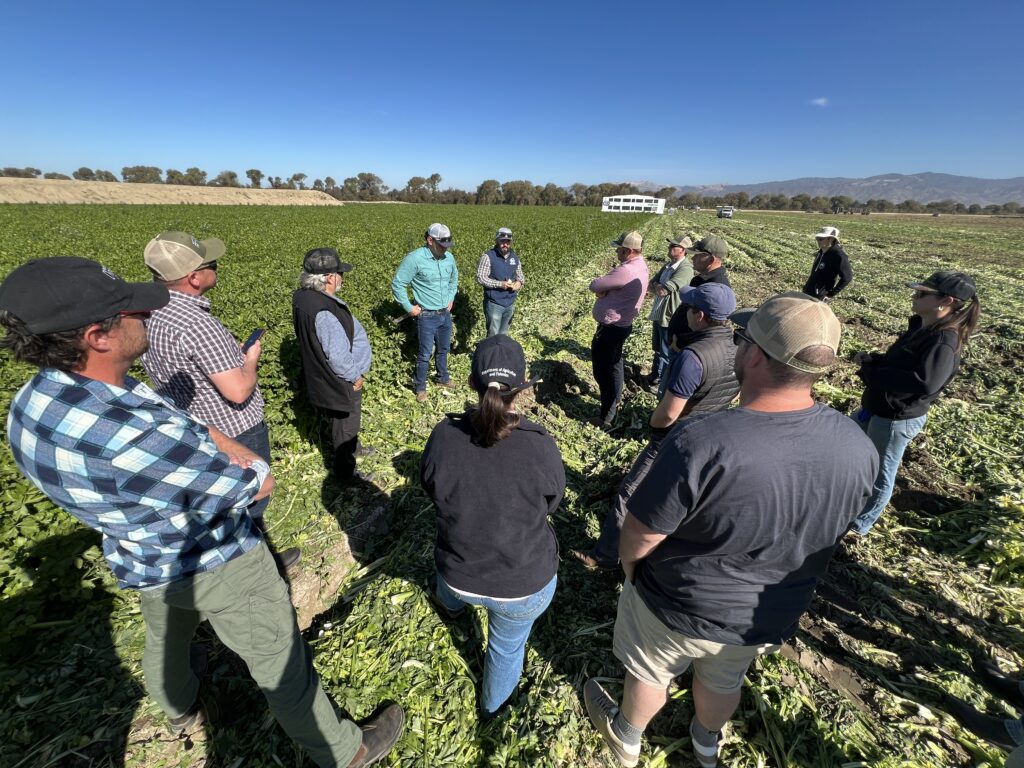
Frontline Exotic Pest Profile: Onion fly
28 May 2025
VegNET National Update: 2025 Northern Australia Food Futures Conference
28 May 2025Historically, Australian producers have been rapid adopters of new technology and innovation, and the current generation is no different.
Growers are looking to new agricultural technologies, or agtech for short, to help them confront the pressure from climate change, labour shortages, rising input costs and changing market demands.
The technologies being explored read like a list of TED Talks keywords; artificial intelligence, autonomous vehicles, drones, big data, and the internet of things.
Understanding, sourcing and trialling these new technologies can be time consuming and costly, however, so last year Hort Innovation launched a $4.1 million levy-funded project to help Australian vegetable growers adopt advanced mechanisation technology, Advanced vegetable mechanisation program to maximise labour and cost efficiency.
Run by the Queensland Department of Primary Industries over three years, the project will deliver field days, showcase events, demonstrations, international study tours, webinars and more to help growers engage directly with the latest equipment and manufacturers.
In October 2024, the project took a group of 16 vegetable growers on a study tour to the US, where they attended the FIRA-USA International Forum for Agricultural Robotics in California.
One of those growers was Dan Hodges from Peninsula Fresh Organics in Victoria. Among the many hats he wears, Dan pilots the grower’s new spray drone, which Peninsula Fresh Organics bought after seeing one demonstrated at a VegNET event in Gippsland in 2024.
Dan’s an enthusiastic adopter of new tech on the grower’s two properties on the Mornington Peninsula, and what he saw at the FIRA-USA event in the US sparked some ideas.
“It was one of these ag shows where you go and have a look at different technologies and what’s coming out,” Dan says.
“It was interesting because it was sort of a blend of Silicon Valley and what they’re bringing across, and what the universities are bringing across into the ag space.”
Dan was hoping the study tour would give him a view of what the future held for agtech, and what Australian growers need to prepare for.
“[Automation] took that person off manually watering, and now they were able to go out and do another job, which is fantastic.”
“I wanted to see what technology was coming in the future and what’s in the pipeline,” he says. “That, and what can we then bring back to Australia? What perhaps do we need to change on-farm ourselves to be ready for that technology when it comes?”
There were several new technologies that stood out to Dan, including new laser weeders, crop monitoring using remote sensing technologies like drones, and robotic harvesters.
“There were a few different technologies which I thought would work really well for us,” he says.
Opportunities for agtech in Australia
The fundamental problems for Australian vegetable growers are the same as those faced by growers around the world, according to Dan; the cost and availability to labour, weed management and harvesting, and water management.
Much of the agtech developed overseas is thus applicable in Australia.
Peninsula Fresh Organics has already got its feet wet on agtech that addresses these challenges.
The grower’s spray drone, for instance, has reduced the labour requirement for chemical application.
“We’ve just taken to that really well,” he says. “We actually haven’t used a tractor sprayer at all since we bought it – all we’ve done is spray with the drone.”
Some of the more mature technologies in use by the grower are automated irrigation and water sensing tools.
“A lot of these technologies help us save time on farm,” says Dan. “We used to have someone go around all day to open and close all these taps just to manually water.
“Well, automating that took that person off manually watering, and now they were able to go out and do another job, which is fantastic.”
Dan believes the opportunities presented by agtech are great in Australia.
“We’re early adopters of things, we’re pretty tech savvy, and we like playing with new toys,” he says.
“I think we’re just at the cusp of some really big changes in technology for on farm use.”
Challenges to adoption
While Australian growers may be keen on new agtech offerings, our distance from most manufacturers is a significant challenge.
Manufacturers have been slow to develop a presence in Australia due to the distance and a lack of awareness of the Australian market. That has meant limited availability of new agtech, and problems getting after-sales support and servicing for early adopters.
Some new technologies also require changes on-farm to suit automated systems.
“When I was over in the US, I was looking at what I need to change on farm to adapt to these technologies in the future,” says Dan.
“Simple things like having GPS guidance on the tractors so the rows are dead straight, so that if we look at using a robotic weeder, that can follow a dead straight row. If our rows are curved, it has trouble following the rows.”
The complexity of some of the new technologies on offer can also present a hurdle.
“Having the skillset on farm, having someone who’s across technology and agriculture is a bit of a challenge,” Dan says.
“Having someone who’s across that and can integrate it is really important. There’s a lot of work in agtech being done with data and AI, and you almost have to be a statistical analyst to be able to pull that data together, and we just don’t have those skills on farm.”
The risk and the payoff
All those hurdles contribute an element of risk to the adoption of new agtech by growers. Some of this new equipment is expensive, and commercially unproven in Australia.
“Taking on a new technology, [there’sa risk] it may not work, we may do our money here,” says Dan.
“I think that risk averseness that we sometimes get with new stuff, although good, it can stifle innovation, so we’ve got to be willing to have a go and see what happens with different technology, and have the patience to see it work.”


